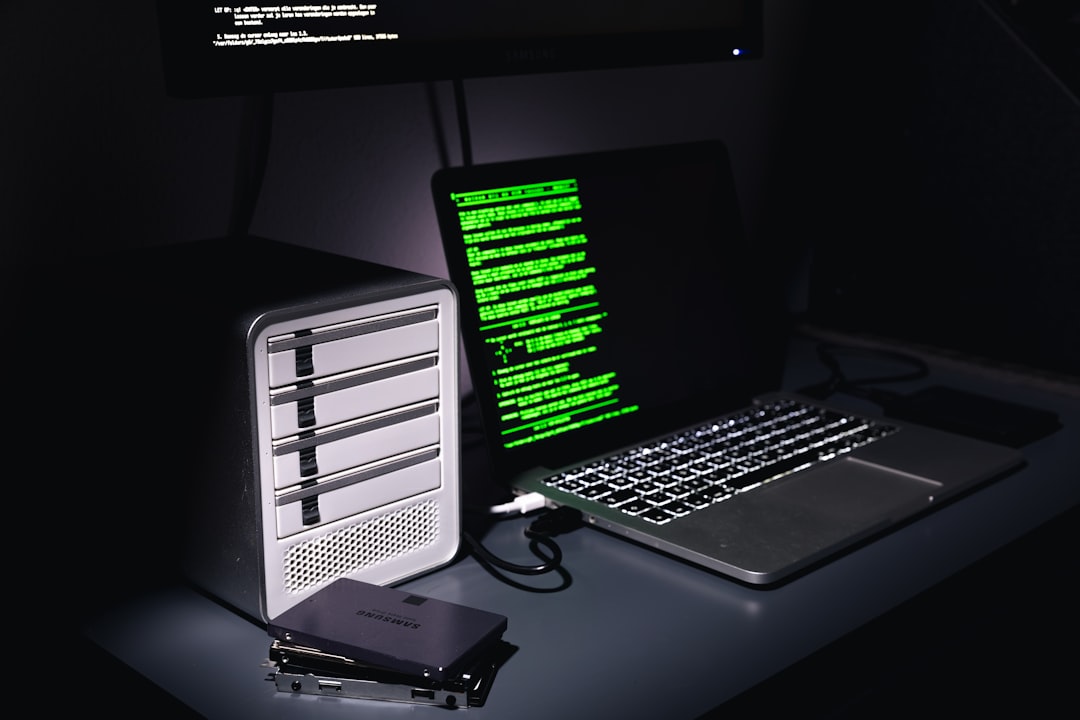
Enhancing Cybersecurity Through Informatics and Compiler Reconciliation
In an age where digital threats loom larger than ever, enhancing cybersecurity through informatics and compiler reconciliation has become a vital focus for organizations and individuals alike. This article delves into the intersection of these fields, exploring how they synergize to bolster cybersecurity measures, particularly in software development and deployment.
The Role of Informatics in Cybersecurity
Informatics, the science of processing data for storage and retrieval, plays a pivotal role in cybersecurity. By leveraging data analytics and machine learning, organizations can transform raw data into actionable insights. This capability is especially crucial for threat detection and response.
Real-Time Threat Analysis
Through informatics, businesses can perform real-time threat analysis. Tools and algorithms analyze user behavior, network traffic, and system logs. For instance, Security Information and Event Management (SIEM) systems utilize informatics to correlate data from various sources, identifying unusual patterns that may indicate a security breach. This proactive approach allows organizations to respond swiftly to potential threats.
Predictive Analytics
Informatics also enhances cybersecurity through predictive analytics. By analyzing historical data, organizations can anticipate future threats and vulnerabilities. For example, machine learning models can predict the likelihood of a cyber attack based on past incidents and current trends, allowing businesses to implement preemptive measures.
Compiler Reconciliation: A Key to Secure Code
Compiler reconciliation refers to the process of ensuring that the source code and the compiled binaries are consistent and secure. This aspect of software development is crucial for minimizing vulnerabilities that can be exploited by malicious actors.
Code Integrity Verification
One of the primary functions of compiler reconciliation is to verify code integrity. Tools like CodeQL can analyze the source code and compiled binaries for discrepancies. By ensuring that the compiled code matches the source, organizations can reduce the risk of introducing vulnerabilities during the build process.
Addressing Supply Chain Security
With the rise of supply chain attacks, compiler reconciliation has taken on added significance. Attackers often compromise third-party libraries or dependencies to inject malicious code. By implementing rigorous compiler reconciliation practices, organizations can verify the integrity of external libraries, ensuring they haven’t been tampered with before deployment.
Case Studies and Practical Applications
Example 1: Enhancing Code Security at XYZ Corp
XYZ Corp, a leading software development company, implemented an informatics-driven approach combined with compiler reconciliation to enhance their cybersecurity posture. They employed machine learning algorithms to analyze user behavior and detect anomalies in real-time. Concurrently, they established strict compiler reconciliation protocols, which ensured that all code deployed in production was verified against its source. As a result, XYZ Corp reported a significant reduction in security incidents and vulnerabilities.
Example 2: The Open Source Movement
The open-source community has also seen the value of incorporating informatics and compiler reconciliation into their development processes. By utilizing tools such as SonarQube for code quality checks and employing automated CI/CD pipelines with integrated security checks, many open-source projects have enhanced their resilience against vulnerabilities. This proactive stance has encouraged greater user confidence and community participation.
Expert Opinions
According to cybersecurity expert Dr. Jane Smith, “The integration of informatics into cybersecurity practices is no longer optional. It is essential for organizations to understand their data and its implications fully. Coupled with robust compiler reconciliation, we can significantly mitigate risks associated with software vulnerabilities.”
Tools and Resources for Further Learning
To deepen your understanding of enhancing cybersecurity through informatics and compiler reconciliation, consider exploring the following resources:
- NIST Cybersecurity Framework
- OWASP Top Ten
- SANS Institute’s Cybersecurity Resources
- GitHub for Code Quality Tools
Conclusion
Enhancing cybersecurity through informatics and compiler reconciliation is not merely a trend; it is a necessity in today’s digital landscape. By leveraging data analytics and ensuring code integrity, organizations can fortify their defenses against evolving cyber threats. As the landscape continues to change, staying informed and adopting best practices will empower businesses to protect their assets effectively.
For those interested in cybersecurity, staying updated with the latest trends and tools is crucial. Subscribe to industry newsletters, share this article, and explore the recommended resources to enhance your knowledge further. Together, we can work towards a more secure digital future.


